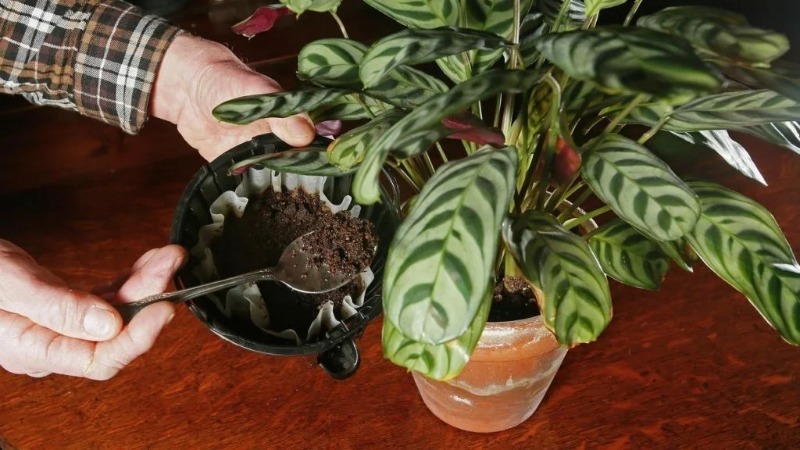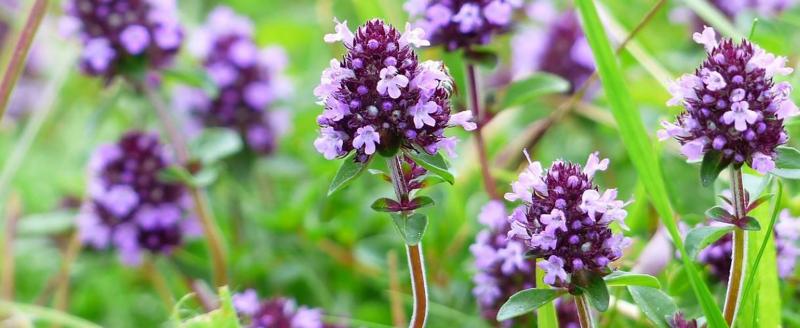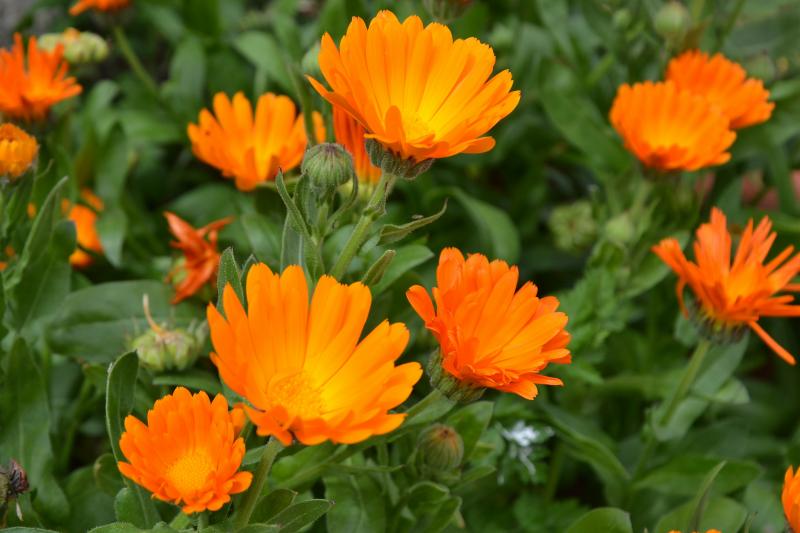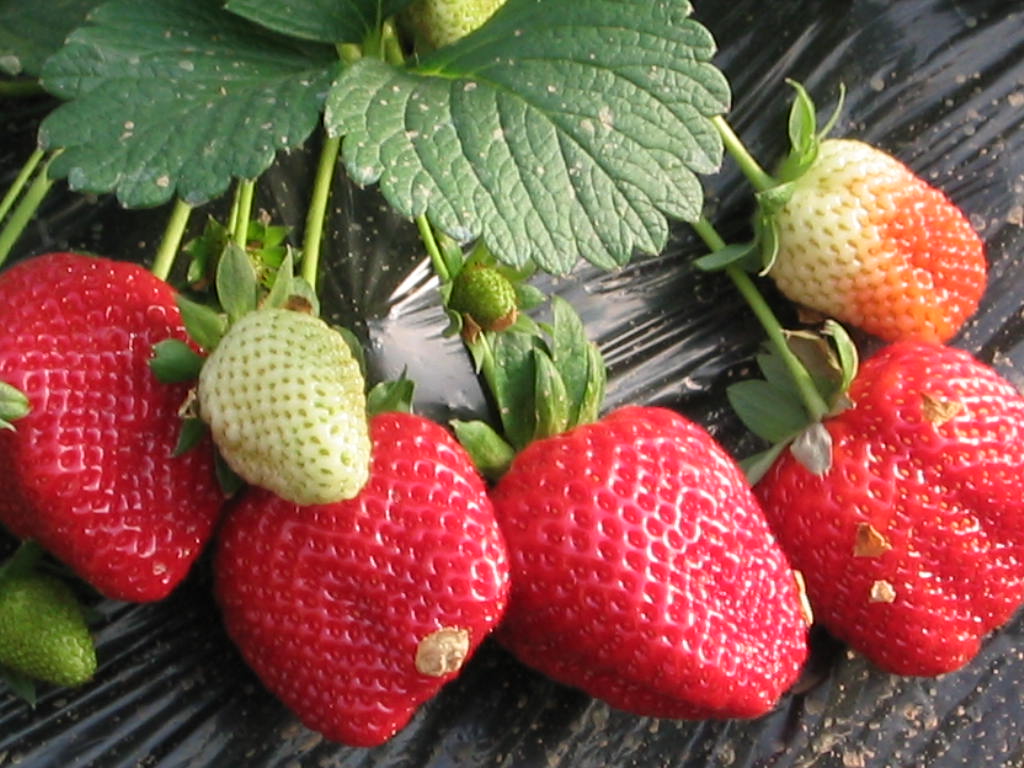Florists often want to improve the condition of their flowers, prolong their flowering, and also protect against diseases and pests, especially in winter. Let's talk about the simplest, but at the same time effective "tasty" plant food.

Castor oil
Castor oil is widely used in cosmetology. But it turns out that it can be used as a top dressing for indoor plants. Castor oil is intended for bud formation and blooming.
To prepare a nutrient, a teaspoon of oil is diluted in a liter of warm water and watered over the plants. One watering every 10 days is enough and only during the period of bud ripening.
Wood ash
Ash is used both for the treatment of plants and as a preventive measure. It is one of the best sources of micronutrients. In addition, wood ash can be purchased at any flower shop.
For use, a tablespoon of ash is poured with a liter of hot water (but not boiling water!). Let it brew for a week. After that, mix the composition again and water the indoor plants once a week.
Sugar
Most indoor flowers respond positively to sugar feeding. It is especially necessary for cacti, which, after such additional nutrition, multiply by budding and begin to grow faster. This sweetness is also suitable for horticultural crops.
A teaspoon of sugar is scattered over the soil surface on a flowerpot with a diameter of 10-12 cm.
Aspirin
Aspirin is used to feed horticultural crops. Also, the product is added to the water for cut flowers - this way they will stand longer. In addition, aspirin can increase the protective functions of indoor plants.
An aspirin tablet is diluted in a liter of water, the mixture is poured into a spray bottle and sprayed onto sheet plates. Processing is carried out every 5-7 days. This is an excellent prevention of diseases and pests.
Pomegranate or citrus peels
To prepare such a top dressing, even the fruits themselves are not needed - it is enough to leave the crusts from them. The peel is poured with water at room temperature (water is twice as much crusts) and left for 24 hours to infuse. Then they water the plants.
The infusion is also suitable for home and garden use. You can use it once every 10 days.
Vitamin B12
Such vitamins are convenient to use in capsules, they are easy to dose and dilute. Most often, flowering plants are fed with vitamins, especially violets need them.
One ampoule of vitamin B12 should be diluted with a liter of water, mix well and water the cultures. But keep in mind that such processing should not be carried out more than once every 2 weeks.
Aloe
The juice of this plant is known for its medicinal properties. It can be used both to feed plants and to protect them from diseases and pests.
To prepare a nutrient solution, a teaspoon of juice is diluted in one and a half liters of water. Plants are watered once every fortnight. This will be enough to revitalize and protect indoor crops.
Banana peel
Banana peel does not dissolve in water, but it is still great for feeding green crops, as it contains a large amount of trace elements, especially potassium and phosphorus.
First, the peel must be dried, and then cut into small plates. They are laid on a drainage layer, and then covered with the remaining layer of earth.Such a remedy is the key to abundant flowering and plant health.
All these dressings are easy to prepare on your own, their cost will not be high. Indoor plants will thank you with abundant flowering and lush greenery.


